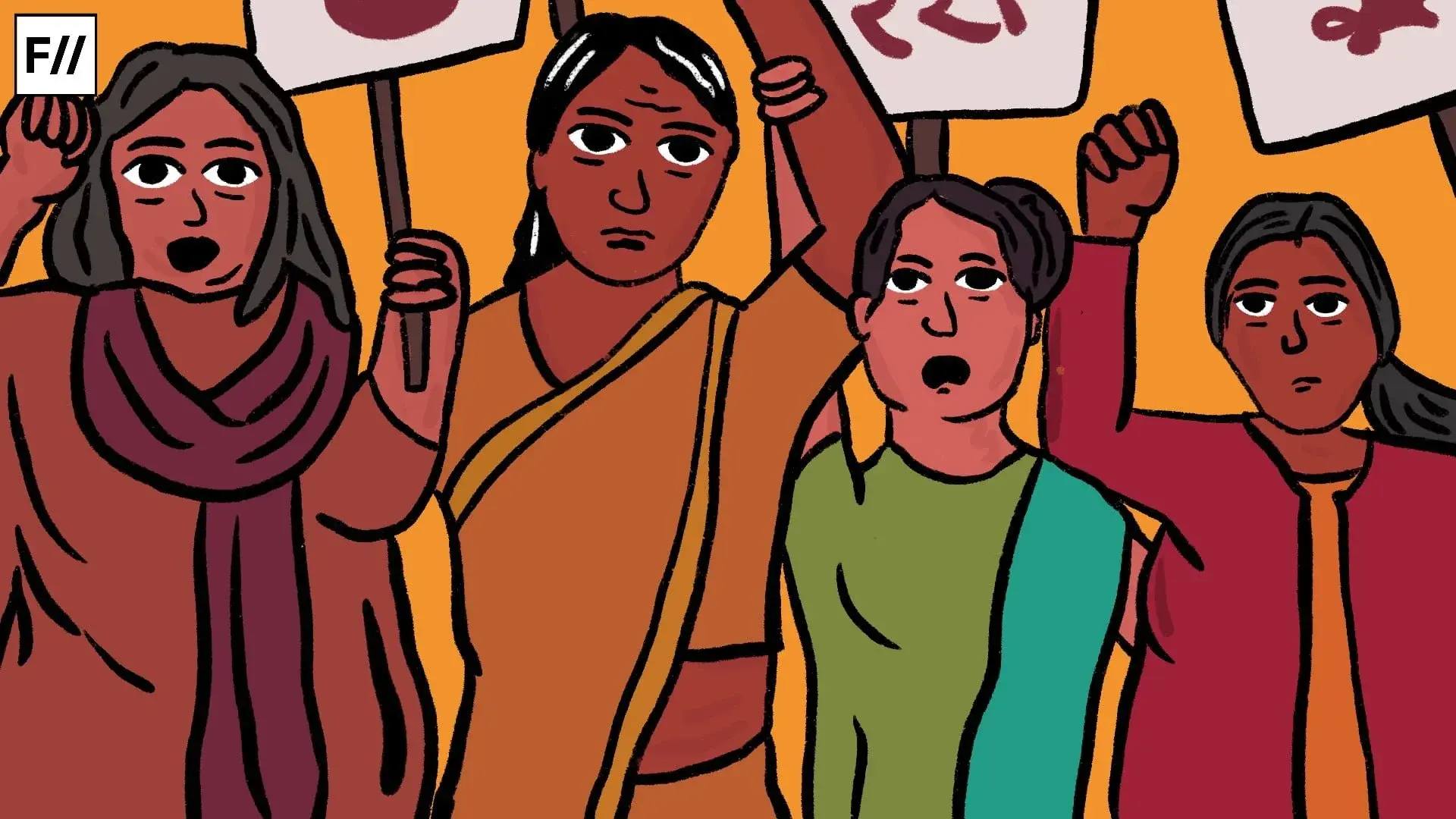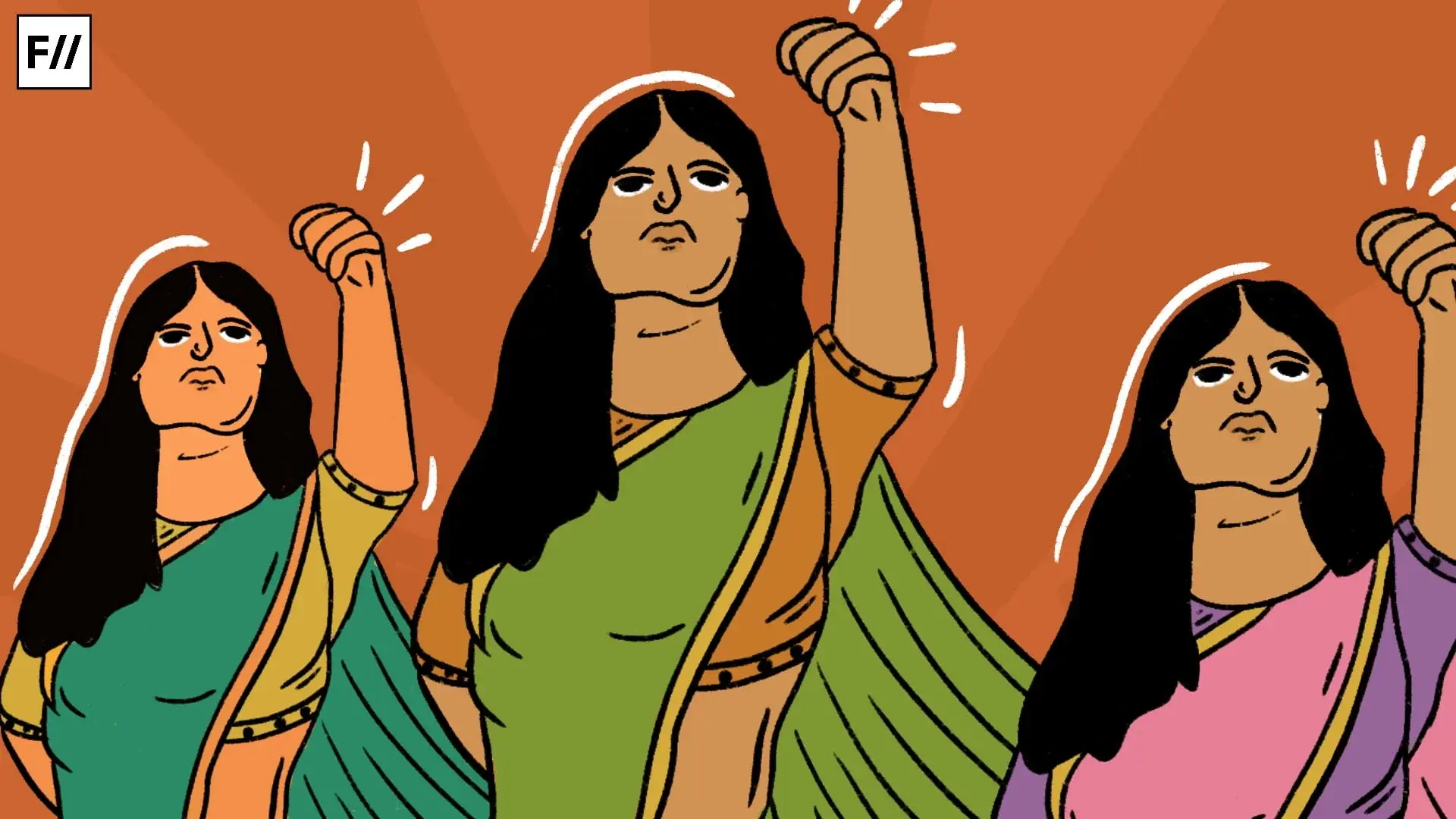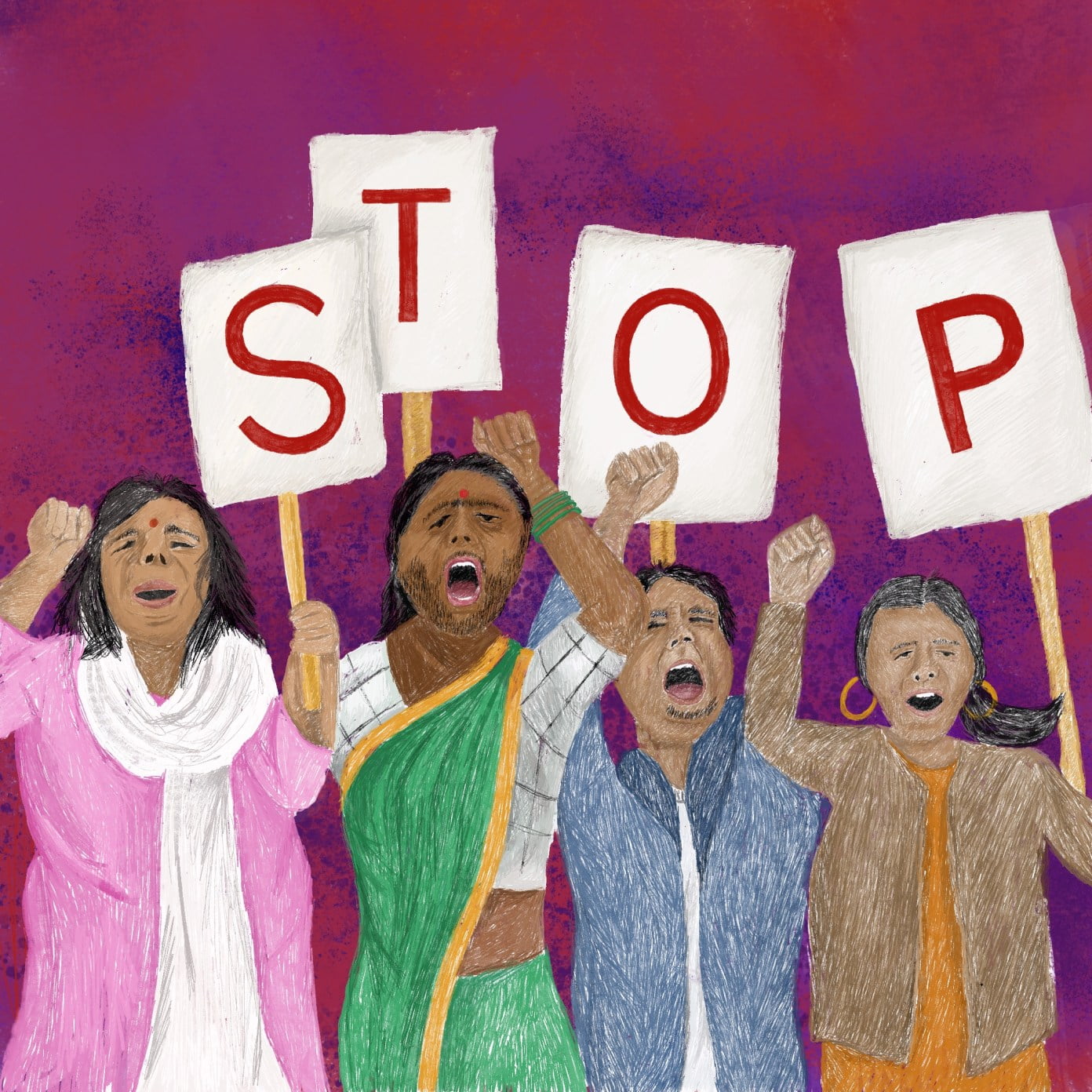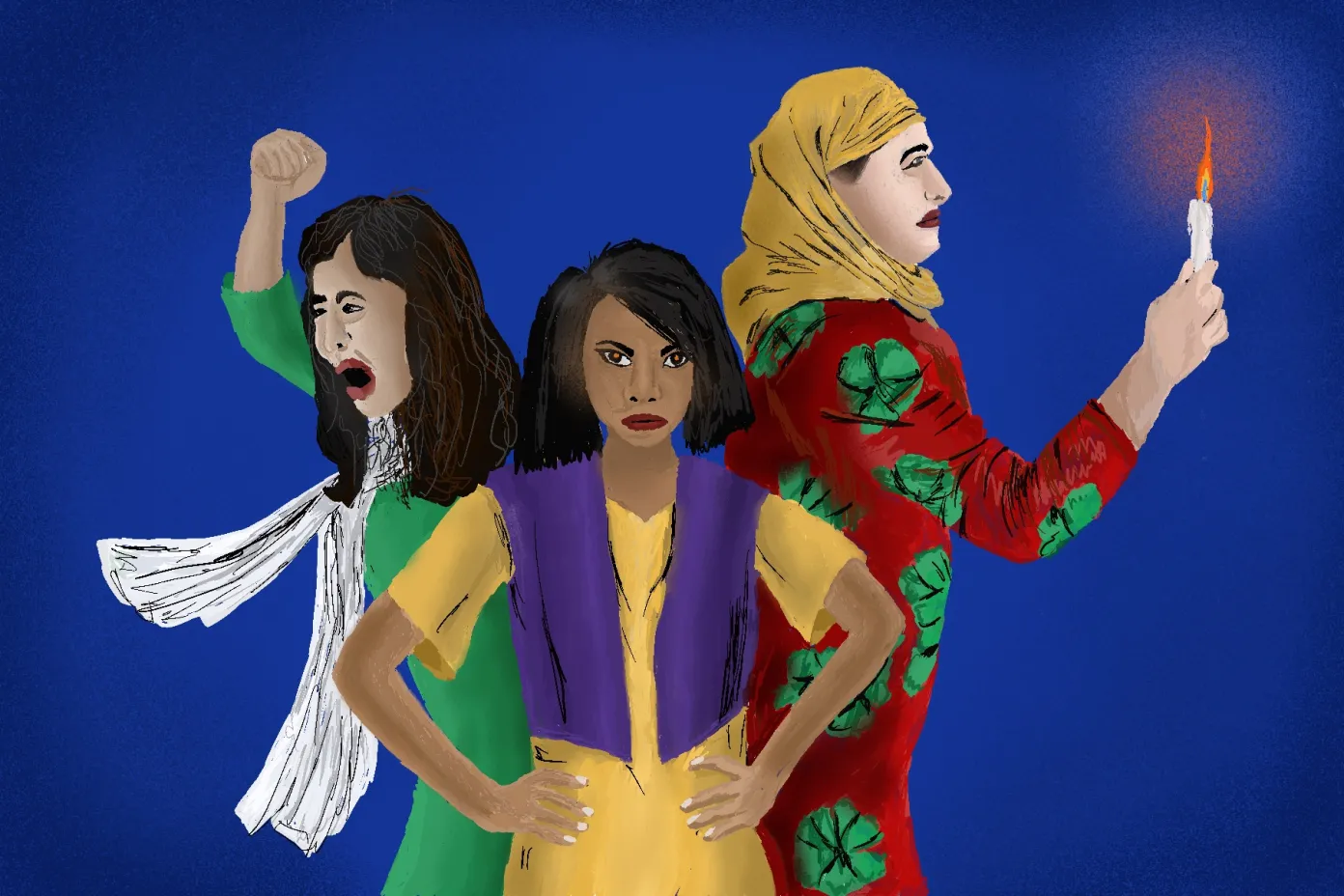The Government of India enacted the Bhartiya Nyaya Sanhita in December 2023, in an attempt to overhaul and replace the 163 year old criminal code in the country, the Indian Penal Code. The BNS, which is to come into effect on July 1st, 2024, marks several changes to the former IPC, including the introduction of community service as punishment and changes to fines and punishments to various offences. It also introduced changes to rape clauses under Sections 375 and 376 of the IPC.
The BNS, which is to come into effect on July 1st, 2024, marks several changes to the former IPC, including the introduction of community service as punishment and changes to fines and punishments to various offences.
The BNS represents the fourth attempt to reform rape laws in the country. Before this, rape laws have undergone 3 major amendments, namely in 1983, 2013 and 2018. Despite these periodic amendments, feminists and women’s groups have levelled criticisms against the rape clauses, as they existed. The revamping of the Criminal Code system presented the state with an opportunity to address the gaps posed by the former IPC, but does the BNS address the gaps that previously existed?
Marriage and rape in the BNS
A major change introduced by the BNS is increasing the age of consent of a wife from 15 to 18. The IPC included a clause that intercourse with a wife not less than 15 years is not considered rape. This provision was at odds with the Child Marriage Restraint Act that fixes the minimum age of marriage for girls at 18 years. The loophole has now been appropriately addressed by the BNS which raises the age threshold for the wife to 18 years.

The BNS, however, has failed to identify and label marital rape as rape. The retention of this clause in the BNS is the presumption of blanket consent after marriage by the state. This implies that rape is not determined by the body of the woman but by her position in the system of matrimonial alliance and what society deems “correct sexual relations”.
Problem of over-classification
The BNS also retains the IPC pattern of making distinctions in the rape of women below 12 years, below 16 years and adults. This categorisation reflects a problem of over classification which dilutes the Constitutional guarantee of Equality before law. It also reinforces the notion that violation of an older woman is not as problematic as the violation of a younger woman, and therefore merits a lesser punishment. Since rape of an older woman is viewed as less severe, the trial process is more difficult and often requires proof of physical injuries or humiliating testimonies.
Language of the law
The “language” of a law that regulates something as sensitive as rape, should be constructed carefully to prevent any subliminal biases arising out of semantics. A consistent demand from women’s groups has been to change the term “rape” to “sexual assault”, something not fulfilled by the BNS. Rape is a narrower imagination of sexual assault and traditionally includes only penile vaginal forced penetration. While the definition of rape has been expanded beyond that in 2013, it may also be worth altering the legal terminology. Notably, the term “sexual assault” was used in the Criminal Law (Amendment) Bill 2010 but was never translated into law.
The BNS also retains the usage of the term “outraging the modesty” of a woman. This language is a reflection and institutional validation of the notion that women’s bodies are repositories of family and community honour, and their violation amounts to a loss of this honour. Such an imagination of rape in law is detrimental in a country where rape is stigmatised and victim blaming is pervasive.
Post rape procedures in the BNS
Another major shortcoming of rape laws has been that it does not address post rape procedures. The BNS, too, includes no clauses to this effect. A network of crisis centres to support medical examination of victims, medical professionals with humanistic training, mental health care professionals should be legally mandated. Policies for victim care and rehabilitation should be made legally binding.
Justice Verma committee recommendations to the BNS
The BNS does not take into account the recommendations of the Justice Verma Committee which was strongly opposed to capital punishment. The death clause is retained by the BNS for sexual assault of a woman under 12 years or for infliction of injuries that cause death or vegetative state of the victim. Death penalties may cause a lower rate of conviction and put more pressure on the victim not to report the assault.

Death penalty could also compel the accused to attempt to murder the victim to prevent her from giving a testimony and avoiding detection. It would also lead to an increased emphasis on corroborative evidence and a more rigorous and traumatic examination process.
Death penalty could also compel the accused to attempt to murder the victim to prevent her from giving a testimony and avoiding detection.
The Justice Verma Committee also recommended criminal responsibility of a leader for acts of violence by subordinates, which has also not found a place in the BNS.
Imagination of sexual violence in judicial discourse
A significant aspect of the institutional imagination of sexual violence is the judicial discourse surrounding it. Rape trials and attitudes of legal professionals often amounts to a secondary victimisation of assaulted women, making it imperative for laws to regulate judicial discourse in rape proceedings. The BNS does not extend its scope to judicial discourse in rape trials.
Courts usually emphasise notions of “chastity” and “virginity” in rape cases, which influence rape verdicts. Positive judgements have been delivered in cases where “good women” are seen as conforming to the ideal of womanhood. Judgements including in the Mathura case, Suman Rani case (1989), Premchand vs Haryana (1989), Mahmood Farooqui vs State (2017) have presumed the victim’s consent due to her sexual history and character. The BNS does not address this, and neither does it criminalise discussion of a woman’s sexual history in a rape proceeding, which is usually left up to the judge’s discretion.

Judicial discourse often refers to rape survivors as “zinda laash” or living corpses. The construction of rape as worse than death enhances the social discourse of shame and stigma. This has implications in judgements and results in the acquittal of assaulters in the absence of physical wounds on victims’ bodies. For example, in the Mathura case, the Supreme Court concluded that the absence of injuries indicates that intercourse was peaceful and consensual.
The construction of rape as worse than death enhances the social discourse of shame and stigma.
The idea here is that since rape is worse than death, a “good woman” would rather die than be raped or sustain life threatening injuries trying to resist rape. The speech of a woman, is then, weighed against her body for verification and the body is further objectified as a sexual body.
The BNS has no clauses stipulating the conduct of such rape proceedings, permissible language to be used when referring to or addressing victims, prohibition of adverse inferences and victim blaming or admission of appropriate and relevant testimonies that highlight only the facts of the case without raising any moralising arguments. A good example is the South African Development Community Parliamentary Forum’s Model Law on Gender Based Violence that prohibits introduction of a complainant’s sexual history and legal defences of “honour” and “provocation.” There should also be provisions for lawyers and judges to undergo intensive training when arguing or adjudicating rape cases.

As is evident, the BNS has failed to respond adequately to criticisms levied against operative sexual violence laws in India. The laws still suffer from significant shortcomings and require more reform. Legal reform is the first step towards easing the process of trial for survivors and ensuring justice for them. Political institutions of legislature, executive and judiciary must ensure that sexual violence laws and their interpretations are sensitive, progressive and take our society a step closer to achieving gender justice.




